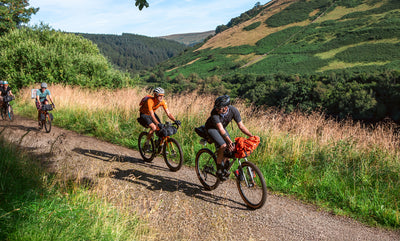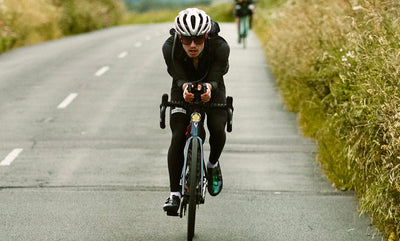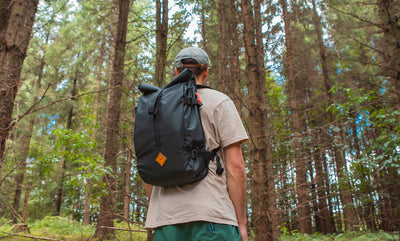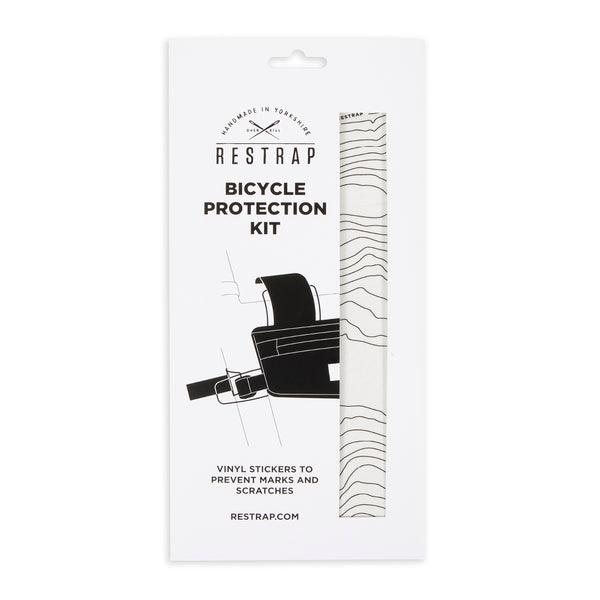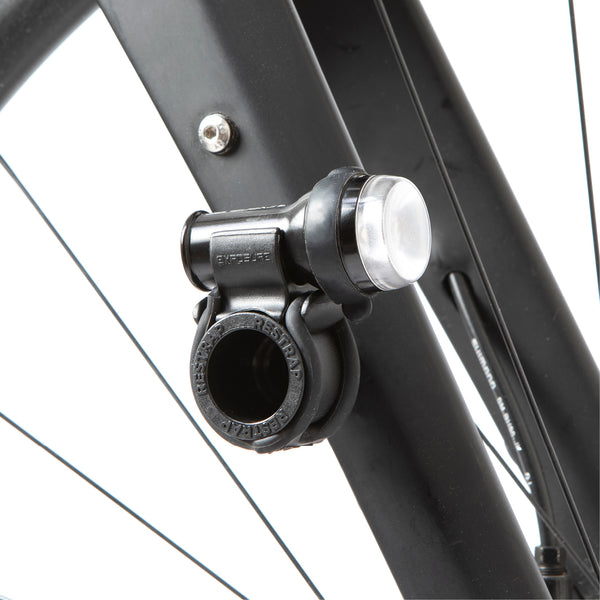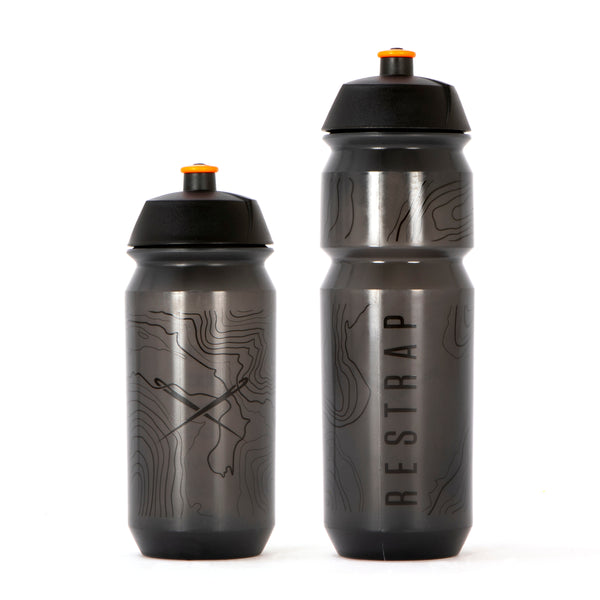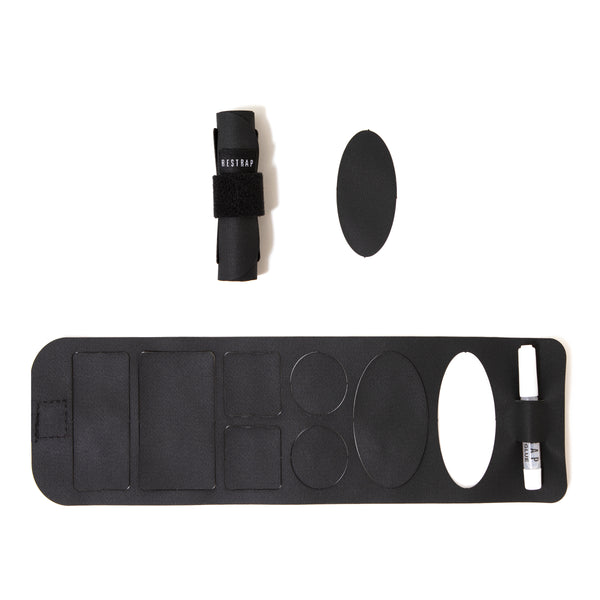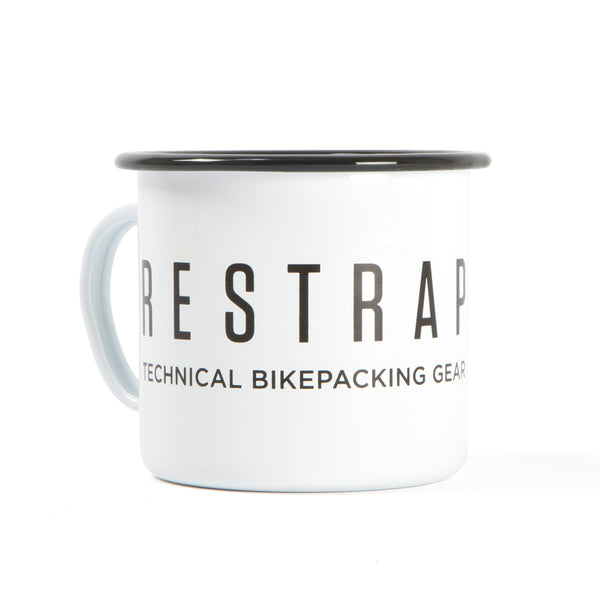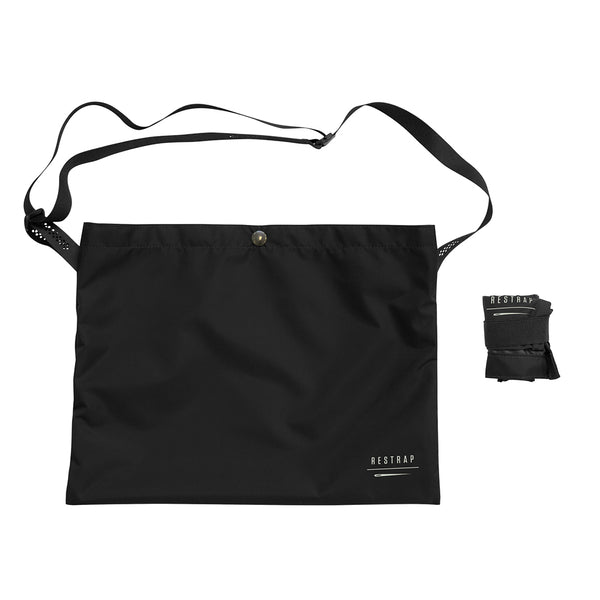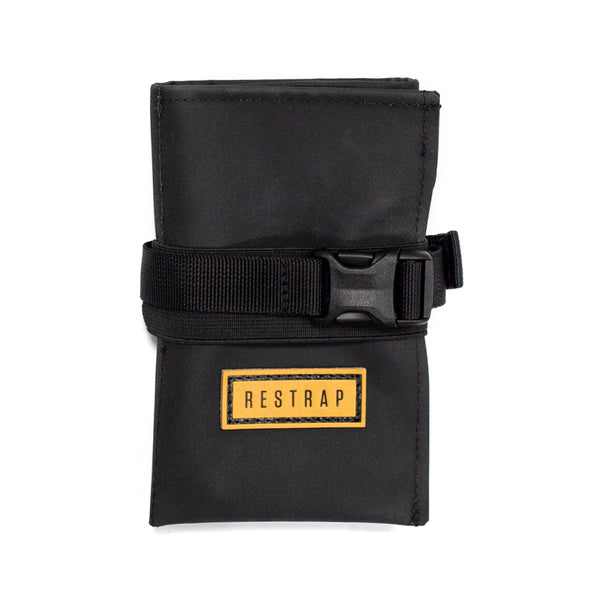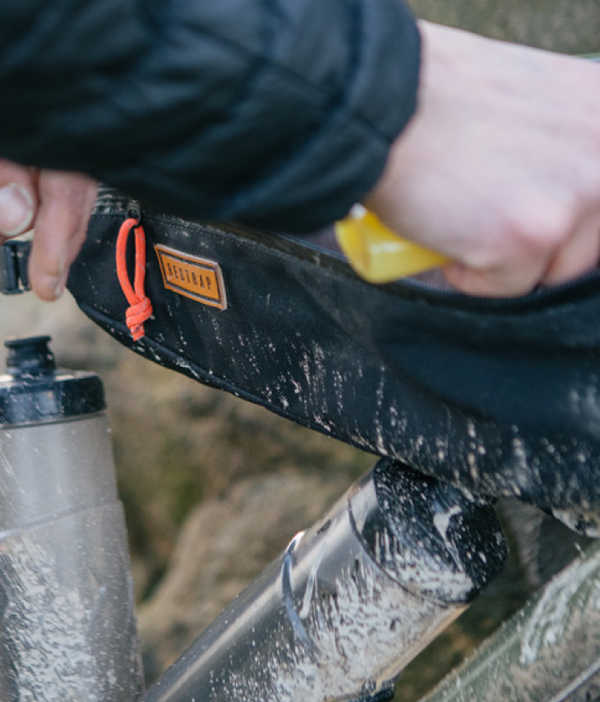Your cart is empty!
The Great Gravel Tour

Let’s not beat around the bush – you want adventure, right? In fact, a bit of beating around the bush is probably exactly what you’re looking for after 18 Covid-filled months inside your own four walls.
Luckily, we have just the solution - an unruly, unpredictable escape to the wilds that’s also lots of fun: The Great Gravel Tour.

Gravel touring is an excellent way of seeing the world. You’re forced off the straight and narrow into epic scenery and right into those proverbial bushes you crave.
All this epicness, however, comes with its challenges, and touring on gravel can require preparation to ensure a smooth (ok, less than smooth) ride.
Check out our top tips on how to make your gravel tour one to remember, whilst staying safe, warm and happy.

TIP 1 – Not all gravel is created equal
The word “gravel” covers a multitude of surfaces, from fast forest fire roads to boulder-strewn bridleways and everything in between.
This kind of throws out your timing. No more can you safely assume you’ll cover X number of miles in X number of hours. Gravel laughs in the face of such order. Instead, prepare to travel at a variety of speeds throughout the day, most of which will be sloooow.
Expect everything to take longer and plan accordingly. Don’t overdo it on the mileage. 40 miles off road is a different beast to a 40 mile Sunday run to the nearest café and could well take you twice as long.

TIP 2 – Be prepared
Yeah, yeah – we know. You want wild spontaneity and freedom. But it doesn’t hurt to do a little extra planning to make sure you’re not forced to cut the trip short.
If your route is particularly remote, make a note of where you might pass shops for supplies and stock up when you can.
Take good lights. You may not be planning to ride in the dark but if your last 10 miles turns into some unexpected hike a bike you’ll be glad of them. Unless you’re a 15th century sailor and can navigate by the stars, then crack on.
Stock up on spares – not just tubes but brake pads. Your bike will be put through its paces on gravel terrain and it may be a long old walk to a bike shop. Think about taking some chain oil. If you’re riding on sandy trails in the rain, your drive chain will thank you. Making sure you carry a spare derailleur hanger, quick links for your chain, or even some cable ties could really save your bacon if it all goes a bit pear-shaped out in the wilds.

TIP 3 – Get a sense of what you’re in for
If you’re quaintly old-fashioned like some of us and enjoy a good paper map, you can glean an idea of the surfaces you’ll face in the UK from an Ordnance Survey map.
Footpath:

Technically illegal to cycle on but the odd short cut never killed anyone provided you can negotiate potential stiles and grumpy old men. Expect anything, including possible hike-a-bike in hilly areas.
Bridleway:

Legal to cycle on and usually rideable, although may be rocky, steep and muddy.
Byway:

Also open to hardy vehicles as well as bikes, these routes offer some pretty decent tracks through open country.
Traffic-free cycle route:
The civilised man’s gravel. Usually smooth, purpose built and well signposted.
Track:
Often found in forest or moorland areas and usually very rideable, however may not be an official right of way.
Go digital
If paper maps are too 1895 for you, route plotting apps give you a good insight into which tracks are more frequently used by cyclists.
Strava
Use Strava’s global heatmap function to see where others have bravely gone before. The more they’re blue, the more they’re ridden, and the more likely that you’ll hit up the best trails.

Komoot
Komoot goes one step further, showing coffee shops, bike shops and images from users. It includes info on the surface and type of path so when you plot your route you know what you’re going to get. You can also filter the route for technical difficulty to try and avoid plunging down a cliff side fully loaded (we’ve all done it).

Try Google, too. If the path you’re looking for is well-trodden or named, there may be images of parts of it to give you a sense of what’s ahead. You'll be surprised what street view has covered.

TIP 4 - Follow some pre-established routes
Cut out the hard work and ride the many established off-road routes that already exist. These usually pass through decent scenery, are largely rideable, and are tried and tested adventures.
Here at Restrap we’ve incorporated some of these into our recent tours and can vouch for their quality and escapism:
- Pennine Bridleway: 205 miles running through the Pennine hills from Derbyshire to Cumbria
- King Alfred’s Way: A 217 mile loop of off-road trails starting in Winchester
- Great Glen Way: A stunning 79 mile coast-to-coast route between Fort William and Inverness
- Great North Trail: an exceedingly epic 825 mile off-road trail stretching all the way from the Peak District to Cape Wrath. One for the gap year!
- GBDuro: an even longer twist on the classic Lands End to John O’ Groats route, made up of off-road trails, singletracks and bridleways.
You don’t have to use the full routes either - picking and choosing bits and pieces from these routes (and others) is a great starting point.

Nab some GPX files
Save yourself the hassle of route planning and seek inspiration from fellow cyclists.
Check out sites like bikepacking.com for suggested routes across the globe and download GPX files to get started.
We’ve also compiled a handy list of recommended routes from around the UK from our adventure-seeking customers who’ve hit the trails and given us some great ideas.
https://restrap.com/blogs/route-catalogue

So there you have it. Muddy tech-fest or forest bimble, why not consider hitting up the grav on your next tour?
We’d love to hear from you about your great gravel adventures. Get in touch to share your route ideas, planning tips, and pitfalls.

- Megan Owen
Photo credit: Jade Field (@jade_saskia), Adam Wright (@adam_a_wright), Vincent Engel (@elevenspeedloservincent), Szymon Nieborak (@delayedpleasure)














